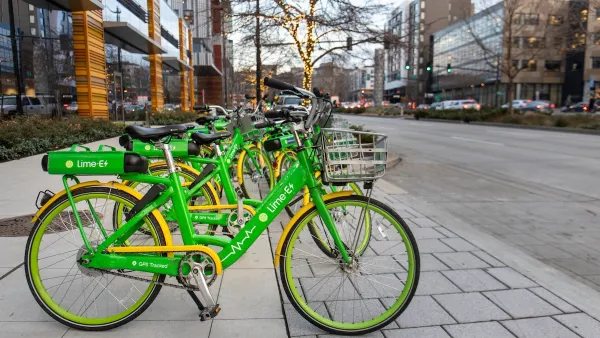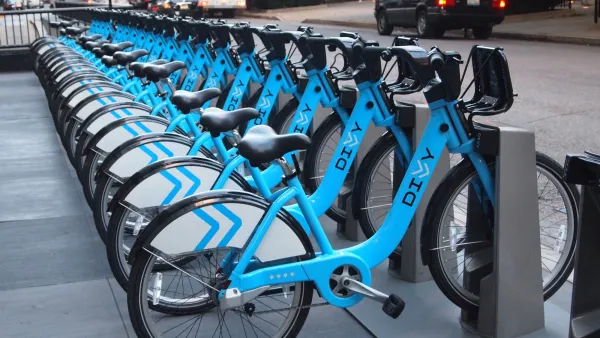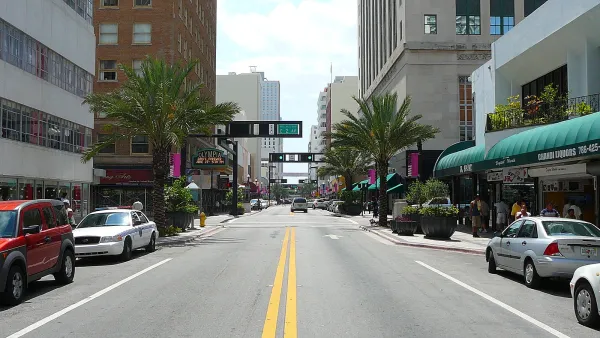Eight years after shared e-scooters were first introduced in US cities, the industry still teeters on the edge of success, hindered in part by limited infrastructure.

What’s the status of the U.S. e-scooter industry eight years after its launch? Syris Valentine assesses the landscape in an article for Grist, writing that “The true climate benefits of these fleets depends upon how companies deploy and manage them, and safety remains a concern as injuries climb. But industry leaders appear intent on ensuring their scooters are as sustainable and safe as possible.”
According to Valentine, researchers say that the two biggest factors that will determine the climate impact of scooters are how users ride them and how operators manage them throughout their life cycle.
If scooter rides replace walking, their impact on emissions will be minimal. “But several studies, including one by the Portland Bureau of Transportation and another, funded by Lime, by a German research institute, have found that though anywhere from a third to well over half of scooter users would have walked instead, enough other trips that would have been taken by car were not.” However, the energy and infrastructure — including large cargo vans — required to manage and redistribute scooters in many urban environments can negate some of their environmental benefits.
Meanwhile, the lack of safe infrastructure in most U.S. cities is a bigger obstacle that e-scooter operators don’t have control over: “with most American cities designed to promote cars over all other forms of transit, the health of scooter users is, like those of pedestrians and cyclists, at risk once wheels hit pavement.”
FULL STORY: 8 years into America’s e-scooter experiment, what have we learned?

National Parks Layoffs Will Cause Communities to Lose Billions
Thousands of essential park workers were laid off this week, just before the busy spring break season.

Retro-silient?: America’s First “Eco-burb,” The Woodlands Turns 50
A master-planned community north of Houston offers lessons on green infrastructure and resilient design, but falls short of its founder’s lofty affordability and walkability goals.

Delivering for America Plan Will Downgrade Mail Service in at Least 49.5 Percent of Zip Codes
Republican and Democrat lawmakers criticize the plan for its disproportionate negative impact on rural communities.

Test News Post 1
This is a summary

Test News Headline 46
Test for the image on the front page.

Balancing Bombs and Butterflies: How the National Guard Protects a Rare Species
The National Guard at Fort Indiantown Gap uses GIS technology and land management strategies to balance military training with conservation efforts, ensuring the survival of the rare eastern regal fritillary butterfly.
Urban Design for Planners 1: Software Tools
This six-course series explores essential urban design concepts using open source software and equips planners with the tools they need to participate fully in the urban design process.
Planning for Universal Design
Learn the tools for implementing Universal Design in planning regulations.
EMC Planning Group, Inc.
Planetizen
Planetizen
Mpact (formerly Rail~Volution)
Great Falls Development Authority, Inc.
HUDs Office of Policy Development and Research
NYU Wagner Graduate School of Public Service





























